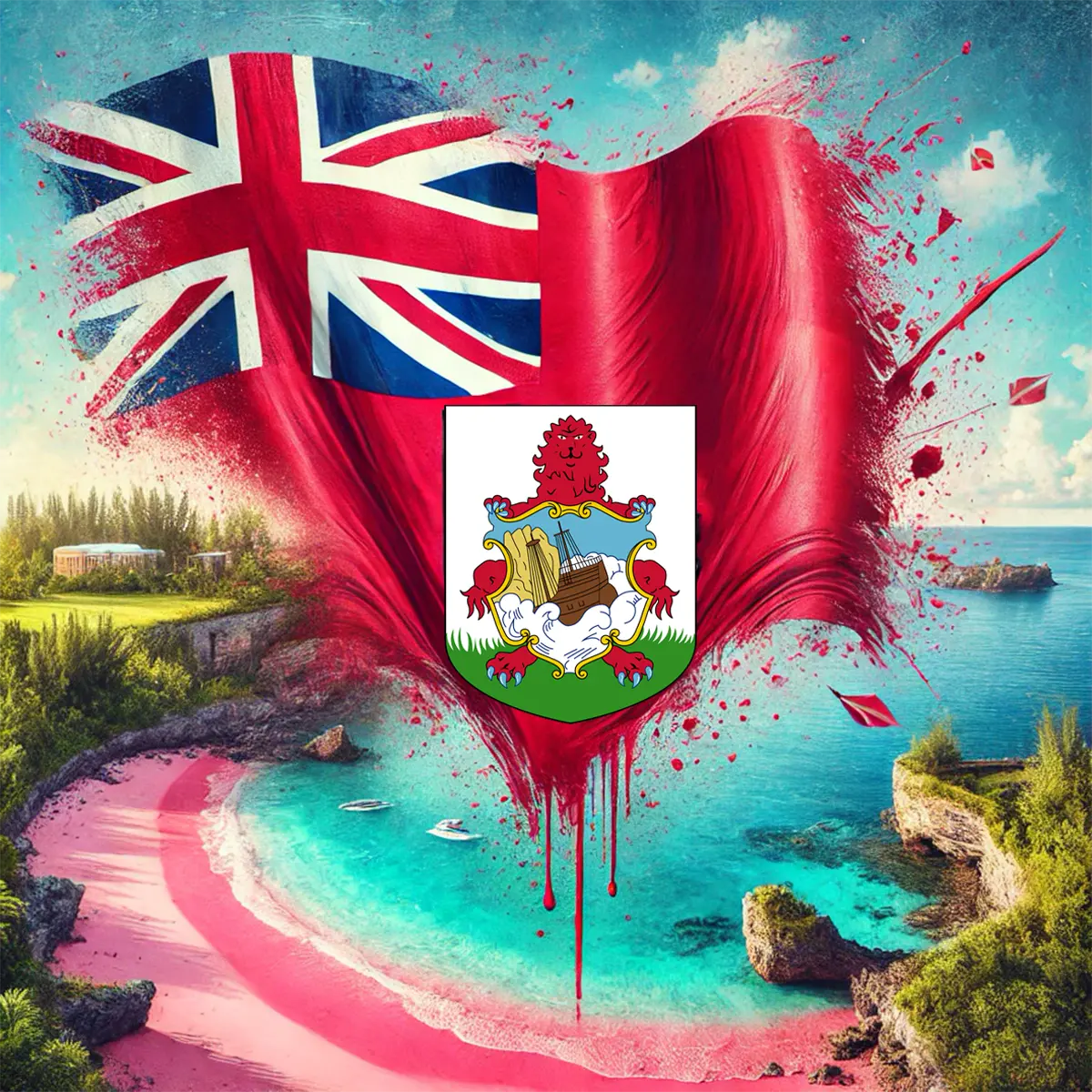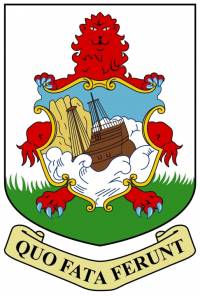The history of Bermuda as a British territory began with the Spanish explorer Juan de Bermudez, who landed in 1503. However, the island was not officially settled until 1609, when an English company arrived. The English explorers were part of a 17th-century sea adventure, and their ship became stuck on a reef, inspiring Shakespeare's play The Tempest.
Despite the arrival of a British ship in the 1600s, the island did not officially become a British colony until 1707. From 1609 to 1614, Bermuda was considered part of Virginia, and then a colony under the supervision of the Somers Isles Company until 1684. Subsequently, the governance was transferred to the English crown, and after the unification of the parliaments of England and Scotland in 1707, Bermuda became a colony of the Kingdom of Great Britain. The current flag of the islands depicts the British flag, emphasizing their Anglo-Saxon heritage. This flag combines the symbols of England, Scotland and Ireland, which have been used since the early 1600s. Bermuda is a British Overseas Territory, and citizens born there have the rights of United Kingdom citizens.
Evolution of the Bermuda flag
Prior to the adoption of the current flag with a red background, a flag with a different coat of arms and a blue background was used from 1875 to 1910.





